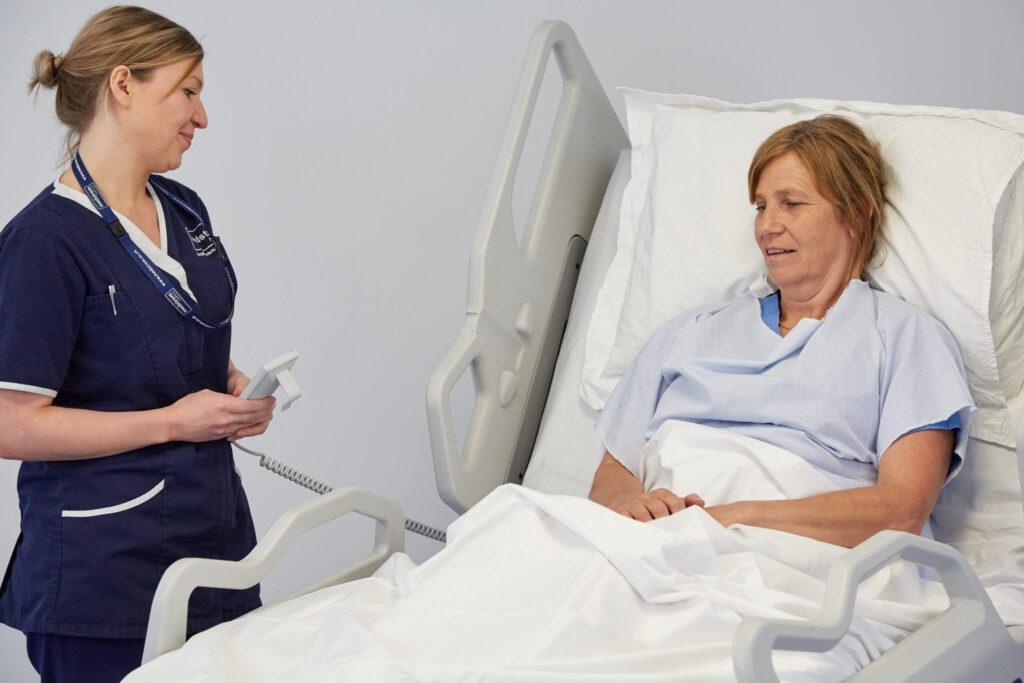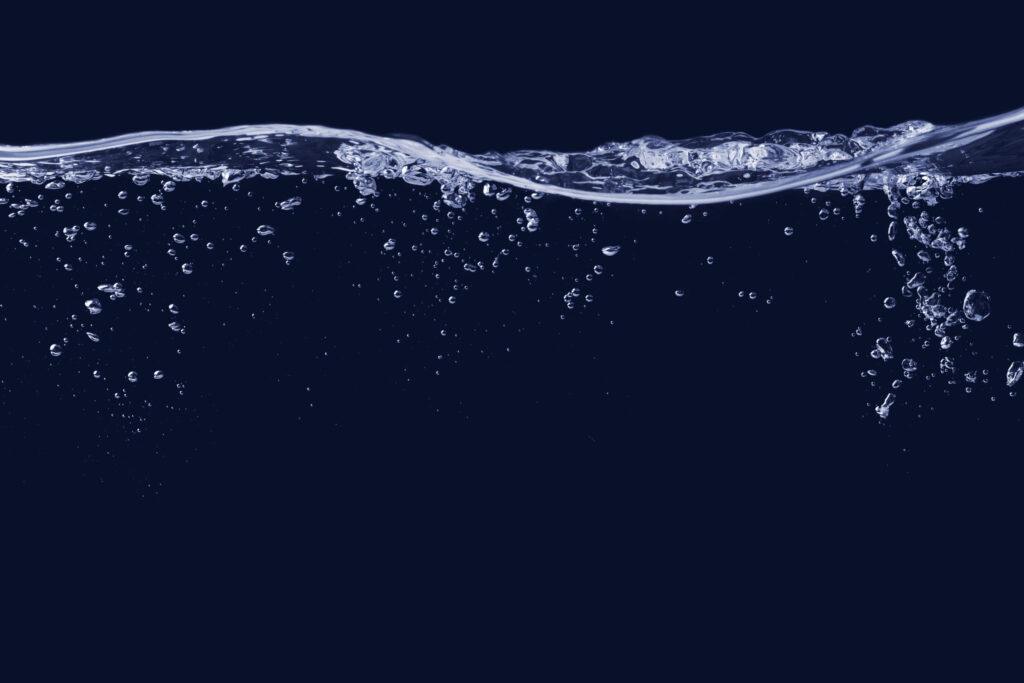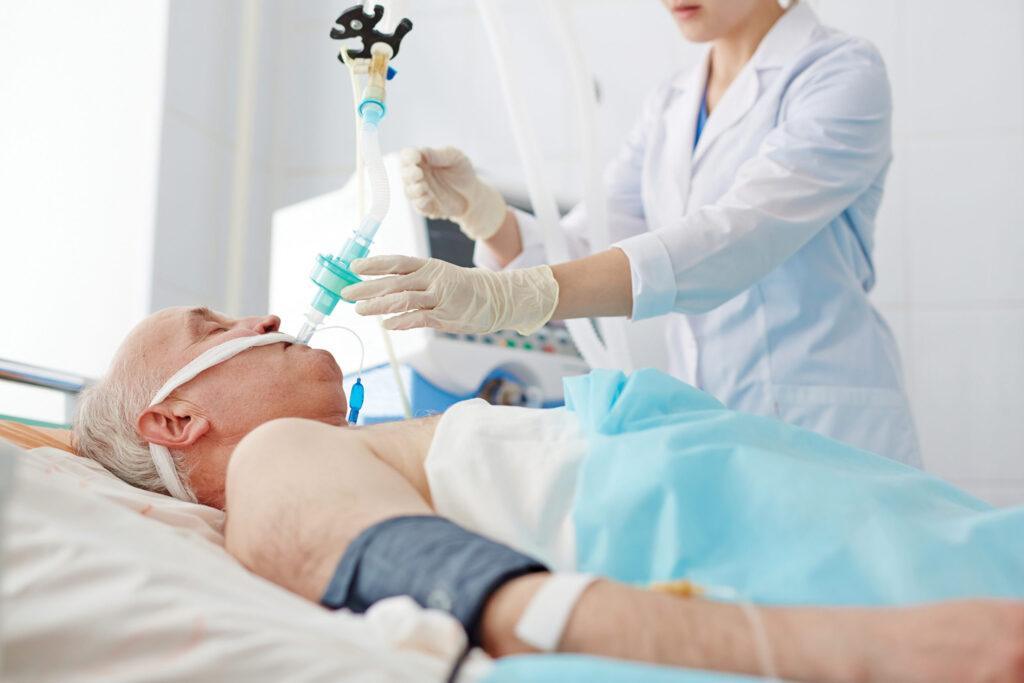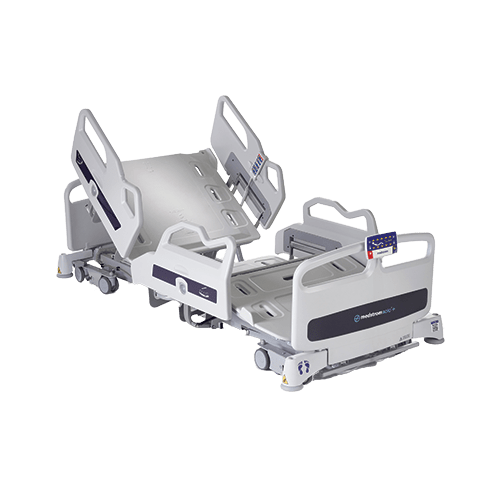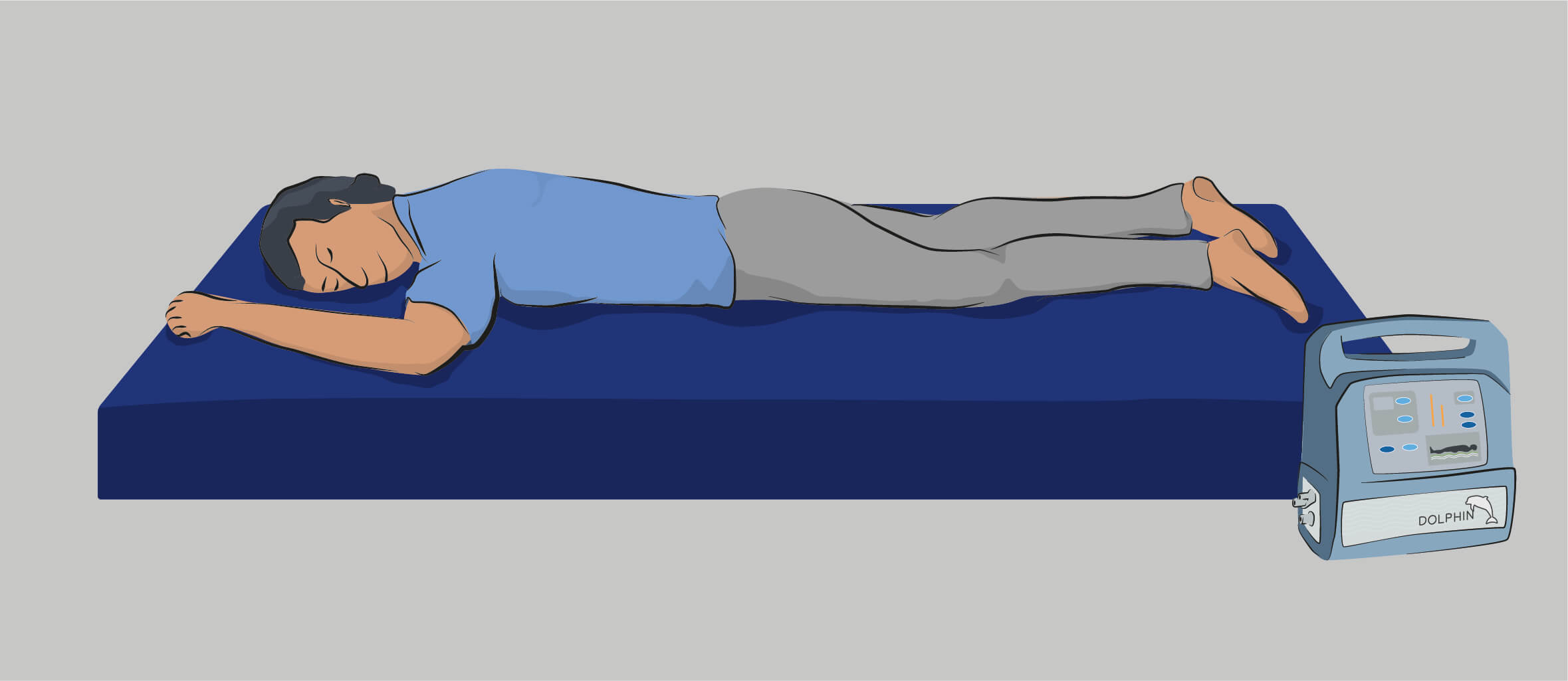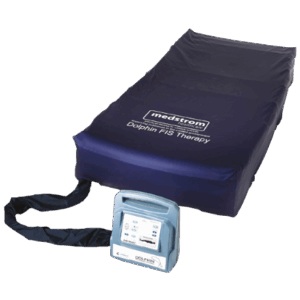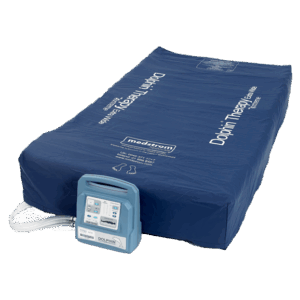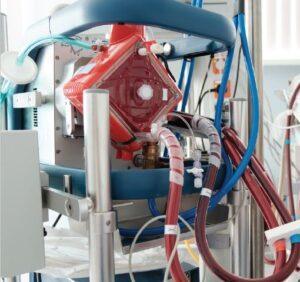
Top 4 Tips for Protecting Skin in the Prone Position
Early evidence is suggesting patients with Covid-19 are responding well to proning1. There is a strong rationale, with several RCTs demonstrating, that the prone position enhances oxygenation by improving alveolar recruitment and ventilation-perfusion ratios while decreasing strain on lung tissue and the risk of ventilator injury.2,3 The prone position involves placing the patient flat with their chest/face down. This procedure is seen as lifesaving and should be decided by multi-disciplinary teams.
By placing patients face down however, different bony prominences become at greater risk of pressure. It has been suggested that the incidence of pressure ulcers for patients in the prone position can be greater than 40%4. Additional pressure ulcer risks in the prone position include5:
- Lengthy treatment periods in the prone position, meaning patients are in one position for longer
- Low oxygenation levels and medications including sedatives and vasoactive that can affect tissue perfusion
- Increased use of medical devices (including catheters, IV lines, intubation tubes etc.)
- Pressure being placed on subdermal tissues

We spoke with Jacqui Fletcher, Senior Clinical Advisor at the Stop the Pressure Programme, who gave us her “Top 4 Tips” for protecting patient’s skin whilst nursing in the prone position:
- Plan ahead! If you know you will be having patients nursed in the prone position it is worth preparing a grab box with the necessary materials, so they are all to hand.
- Whilst following the guidance is vital, it is equally important to look at how that is implemented within your organisation. The surface you use, the way the head is supported, the dressing / PU prevention materials you use etc. varies between organisations so make sure you understand how to apply the guidance locally.
- If you haven’t proned many people before try lying in the position yourself. Really concentrate on which bits of you are in close contact with the surface and how uncomfortable that is. Think about which force is predominant; is it friction, shear or pressure? This will help you to choose the correct interface material to protect the patient’s skin
- Prepare the patient’s skin well. If you know they are going to be proned make sure the skin is clean, dry and well hydrated. Make sure any dressings are freshly changed as you may not be able to easily access them. Make good use of moisturisers and skin protectants whilst you have easy access to vulnerable areas.
Medstrom are committed to improving the outcomes for patients and supporting all staff through these unprecedented times. We have a number of specialist products that can be rented in outside of existing contracts. To discuss options and learn about our clinically innovative solutions, contact 0845 371 1717.
References
1. Lung Recruitability in SARS-CoV-2 Associated Acute Respiratory Distress Syndrome
3. Gordon, A., et al., Prone Positioning in ARDS. Crit Care Nurs Q, 2019. 42(4): p. 371-375
4. Prone positioning in hypoxemic respiratory failure: Meta-analysis of randomized controlled trials, Kopterides et al 2009
5. WEBINAR: Clinical Challenges of Caring for COVID-19 Patients.
